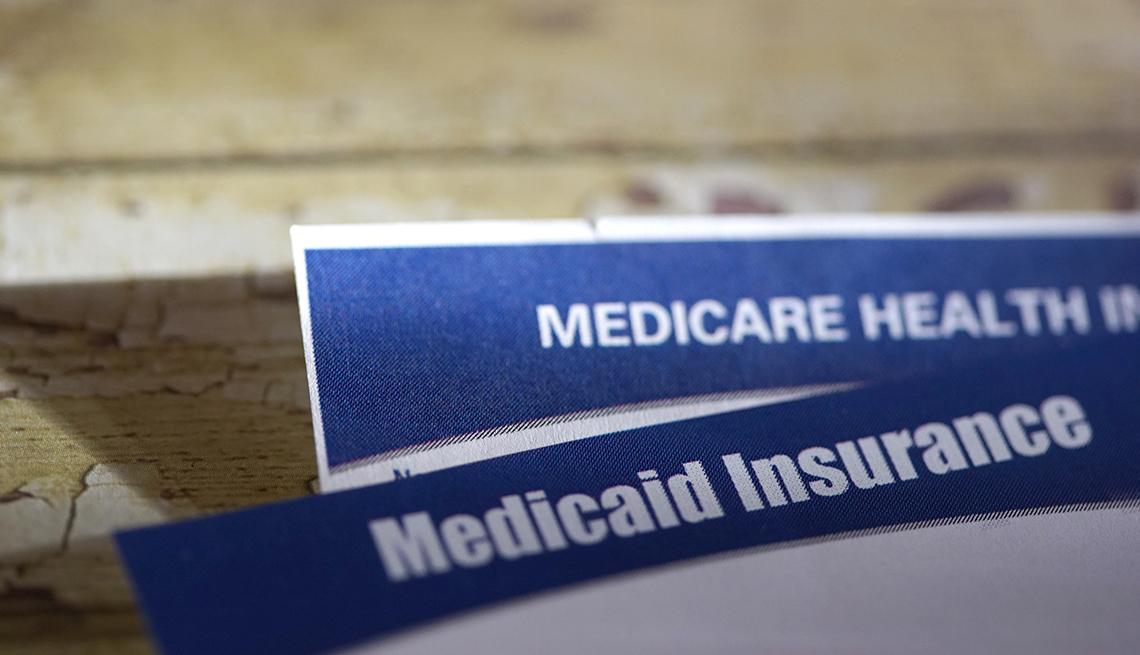
How to combine medicare and medicaid to save money
- Select a language for the TTS:
- UK English Female
- UK English Male
- US English Female
- US English Male
- Australian Female
- Australian Male
- Language selected: (auto detect) - EN
Play all audios:

* NURSING HOME CARE and home- and community-based long-term services and supports. * In some states, Medicaid will cover benefits that Medicare does not, such as DENTAL CARE, TRANSPORTATION
to and from doctor visits, EYEGLASSES, PHYSICAL THERAPY and other services. DO I QUALIFY FOR FULL MEDICAID? The eligibility requirements vary from state to state, but generally states
consider your annual income and financial assets when determining whether you are eligible for full Medicaid. If you live in one of the 41 states (including the District of Columbia) that
will have expanded Medicaid as of next January and you earn no more than 138 percent of the federal poverty level (about $18,756 for an individual), you may qualify. In states that haven’t
expanded the program, the income levels for Medicaid eligibility vary greatly. For all eligibility questions, you should check with your state Medicaid office. If you are a Medicare
beneficiary, your enrollment in Medicaid may be subject to a financial asset test. The value of assets you’re allowed to have and still be eligible varies from state to state. The federal
guidelines allow you $2,000, but some states have higher thresholds while others don’t have an asset test at all. Excluded from the $2,000 asset test are such things as your home, one car,
some burial expenses, some life insurance and household and personal items. States generally look back at an applicant’s assets for five years to make sure they haven’t divested themselves
of those resources just to qualify for Medicaid. The asset income limits for Medicare Savings Programs are higher and change every January. For 2023, the limits for those programs are
$9,900 for a single person and $15,600 for a married person living with a spouse and no dependents. As with full Medicaid, some states have higher resource thresholds. Casey Schwarz at the
Medicare Rights Center says that “one of the biggest problems we see is that people assume they aren’t eligible and don’t apply. People should look into what the income and asset guidelines
are for their state." One caution: If you had Medicaid before you turned 65, you may not necessarily continue to qualify for it after you turn 65 and enroll in Medicare. Check with your
state Medicaid office. WHAT ARE THE FOUR MEDICARE SAVINGS PROGRAMS? THE QUALIFIED MEDICARE BENEFICIARY (QMB) program helps pay for Part A and B premiums as well as deductibles, coinsurance
and copays. If you qualify for this program, you automatically qualify for the Extra Help prescription drug program to help with the out-of-pocket costs of your medicines. This program has
the lowest income threshold of the four.
